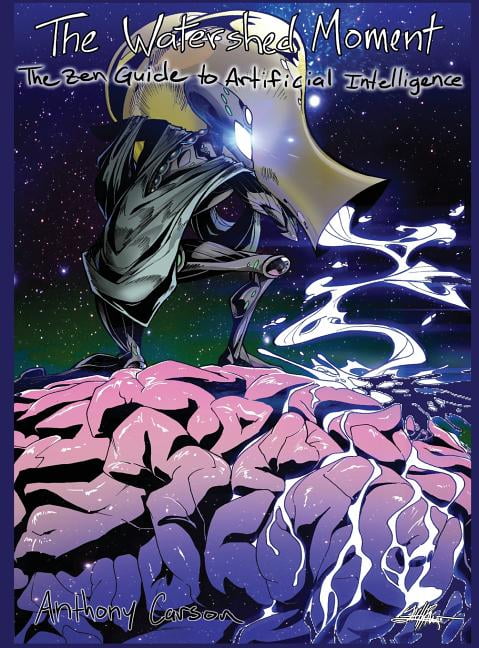
It was almost as if two parallel events were being conducted with fragmented discussions and lots of talk, not unlike the state of water conversation globally which tends to be fragmented and siloed. While it can be argued that reiterating issues is important, these types of statements do little to advance the conversation in a meaningful manner. The sessions tended to reiterate problems that are well-known and served as an avenue to proclaim and promote national achievements. The larger rooms were reserved for sessions co-hosted by governments and government agencies, easier to access, but often less substantive. Unfortunately, most of these substantive sessions were held in small rooms that were almost all over capacity and hard to access.

There was a clear recognition of issues and the complexity of today’s water problems and direct interventions on solutions were discussed. Many of the sessions I attended by those working in the water space, scientists, researchers, analysts, or engineers were meaningful and future-oriented. Most of these sessions were designed by various stakeholders in civil society, water institutions, universities, and research centers and were open to all attendees. There were several sessions on transboundary water management and innovative solutions were offered for better cooperative mechanisms on approximately 240 shared water bodies. There were sessions on climate change and conflict, water and migration, the critical link of water resources to food, health and energy, lack of data and capacity, and the gaps in proactive gender mainstreaming and inclusion in the water space. Water Is LifeĪs humanity’s demand for water keeps growing - for daily consumption needs, food and energy security, and economic growth - the themes and subjects under deliberation were important and well thought through.

But whether this event will truly be a watershed moment in our global water future is still to be seen. The event was historic and momentous in bringing together a wide and varied spectrum of actors and stakeholders in our water future and creating a space for learning to be shared and ideas to germinate. The African Heads of State’s commitment for a new Presidential Compact and a consultation discussion for a proposed global transboundary water cooperation learning facility by the World Bank are some of the noteworthy efforts that could be impactful if there is sufficient follow-through. New high-level partnerships were announced at the plenaries, and in the side events and coffee rooms civil society organizations, scientists, and academics joined forces to combine knowledge and experiences to get the work done.

They ranged from financial pledges for access and sanitation facilities to climate resilience and transboundary water cooperation to supporting technology and innovation. The commitments were captured in the Water Action Agenda, a key outcome of the conference. Governments, inter-governmental agencies, civil society, multinational banks, and the private sector agreed to over 700 commitments aimed at creating a more water-secure world. The Kingdom of the Netherlands and the Republic of Tajikistan spearheaded and co-hosted the conference along with the UN and other member states, which took place at the United Nations Secretariat in New York. In mid-March, 7,000 people gathered from many corners of the world to participate in and contribute to the historic UN Water Conference, held again after a 46-year lag. In a time when over two billion people do not have access to clean drinking water and more than 700 children under the age of five die every day due to unsafe water, a more water-secure world should take center stage, not only at a “water” event but in all discussions aimed at our global future.


 0 kommentar(er)
0 kommentar(er)
